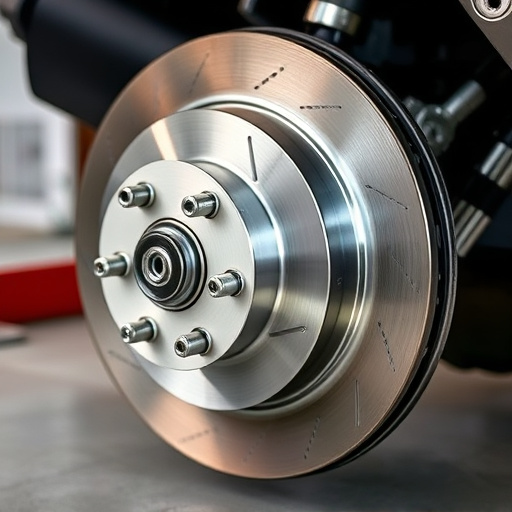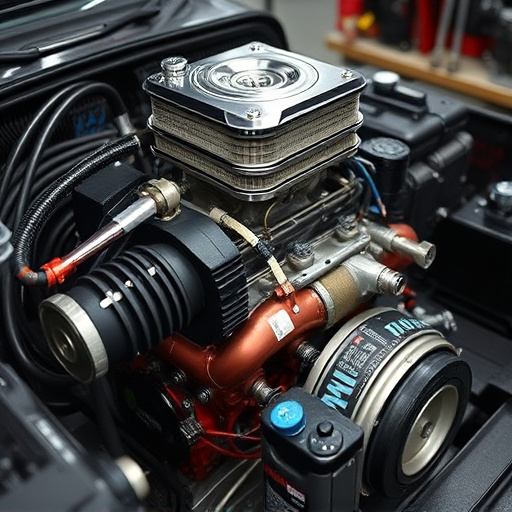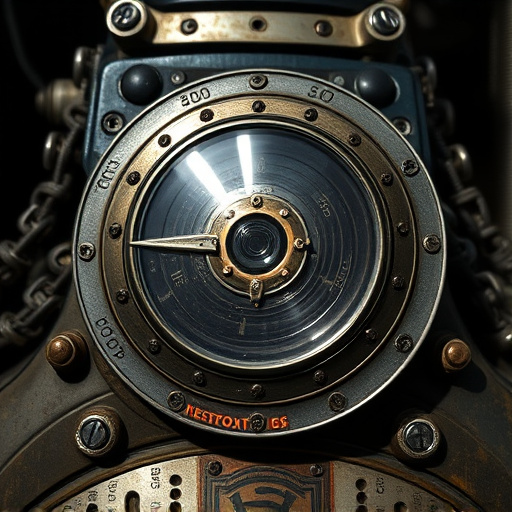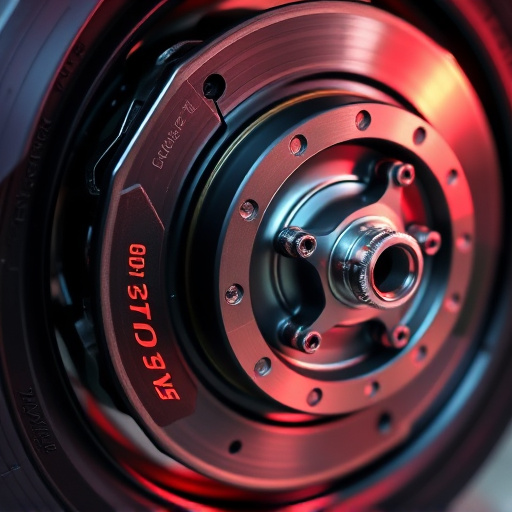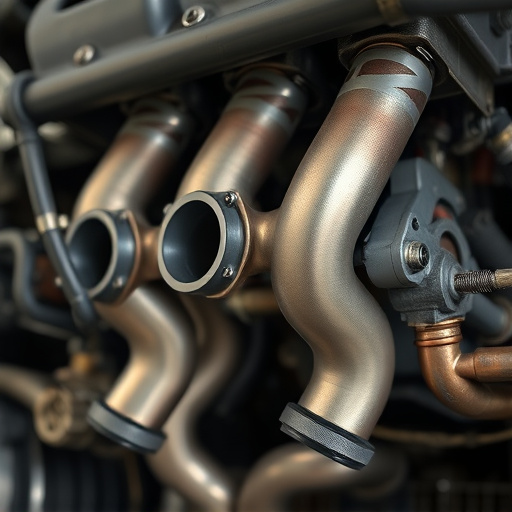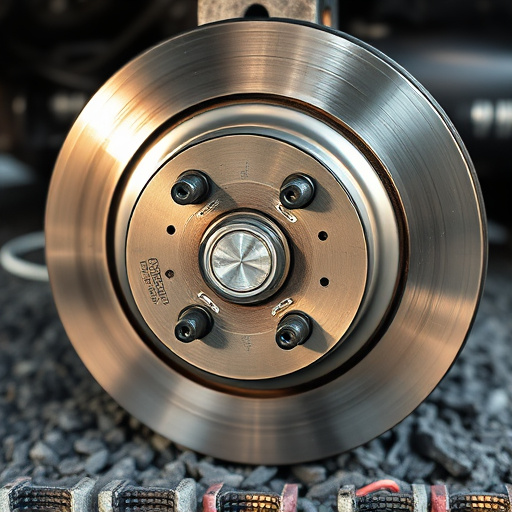Universal catalytic converters offer versatility and convenience for car owners and mechanics due to their stainless steel construction, accommodating various exhaust gas flow rates and temperatures. While they fit many vehicles, precise fitting may require adapters or modifications based on make, year, intake components, and engine configuration. Optimal performance is achieved through correct installation, using a manufacturer's fitment guide, attention to exhaust layout, integration with high-performance parts, and secure sealed connections to prevent leaks.
Discover the versatility of universal catalytic converters and their role in modern vehicles. This comprehensive guide unravels the secrets behind fitment and compatibility, ensuring you make informed choices. Learn how these converters adapt to various car models and engines, promoting efficient emissions reduction. We’ll explore factors like vehicle year, make, and engine type that influence compatibility. Get ready to maximize your universal catalytic converter’s potential with expert installation tips.
- Understanding Universal Catalytic Converters
- Factors Influencing Fitment Compatibility
- Maximizing Efficiency: Installation Tips
Understanding Universal Catalytic Converters
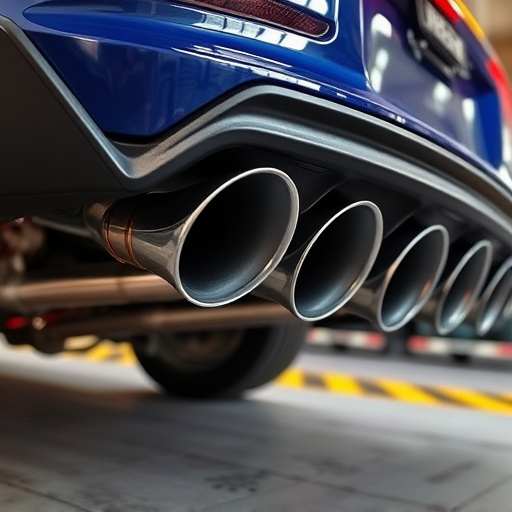
Universal catalytic converters are designed to fit a wide range of vehicles, making them a popular choice for car owners and mechanics alike. These converters offer a convenient solution for those seeking to replace their old or damaged exhaust components, such as exhaust tips and suspension parts. By utilizing universal designs, these catalysts can be adapted to various models and makes without the need for extensive modifications.
This versatility is achieved through the converter’s ability to accommodate different exhaust gas flow rates and temperatures. They are typically constructed with robust materials like stainless steel, ensuring durability and longevity. Unlike tailored converters that require precise measurements, universal units streamline the installation process, making it faster and more cost-effective. Moreover, they can be integrated into various systems, including exhaust mufflers, contributing to improved vehicle performance and reduced emissions.
Factors Influencing Fitment Compatibility
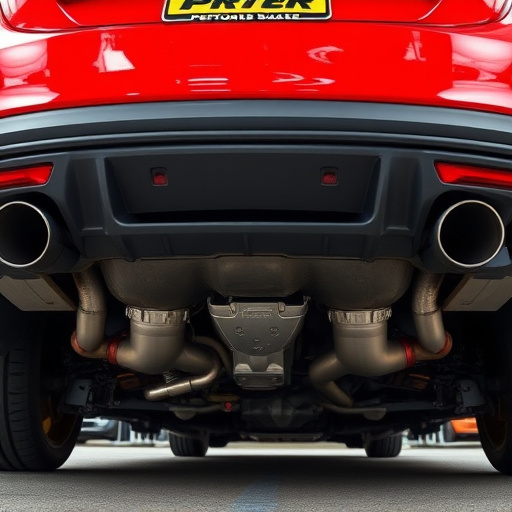
The compatibility of a universal catalytic converter with various vehicles depends on several factors. First and foremost is the year and make of the vehicle. Different automotive manufacturers have specific requirements for their exhaust systems, including the dimensions and connections of the catalytic converter. Universal converters are designed to fit a wide range of models but may require additional adapters or modifications for precise fitting.
Another crucial aspect is the type of intake components and engine configuration. The size, shape, and placement of the air intake can significantly impact the compatibility of the converter. Moreover, the presence of other exhaust components like headers, manifolds, and mufflers should be considered as they influence the overall fitment. Ensuring that the universal catalytic converter aligns with these factors will guarantee optimal vehicle performance and a seamless integration into the existing exhaust system, including brake components.
Maximizing Efficiency: Installation Tips
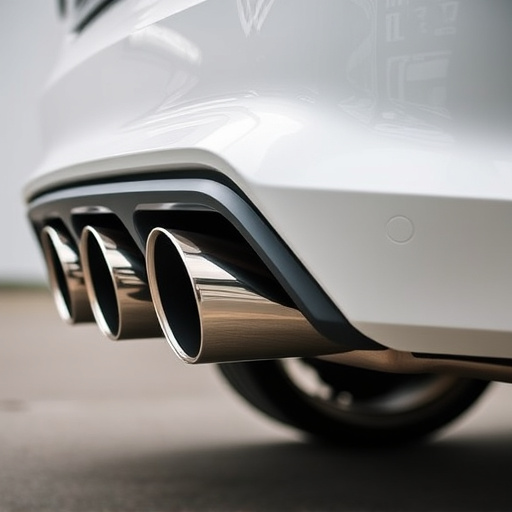
To maximize the efficiency of a universal catalytic converter, proper installation is key. First, ensure compatibility with your vehicle’s make and model by checking the fitment guide provided by the manufacturer. Universal converters are designed to work across various models, but exact fitment varies. Next, pay close attention to the exhaust system layout; properly routing the converter ensures optimal gas flow, enhancing performance and reducing backpressure.
When installing, consider integrating it with high-performance parts like advanced air intake systems or suspension kits, as these upgrades can complement the catalytic converter’s role in improving engine efficiency. Ensure all connections are secure and sealed to prevent leaks that could compromise the converter’s functionality and overall vehicle performance.
A universal catalytic converter offers a versatile solution for various vehicles, but understanding fitment and compatibility is key. By considering factors like vehicle make, model, and year, along with exhaust system design, you can ensure optimal performance. Installation tips, such as proper alignment and secure connections, maximize efficiency and contribute to a cleaner environment. Embrace the benefits of universal catalytic converters to simplify emissions control while promoting sustainable driving.









